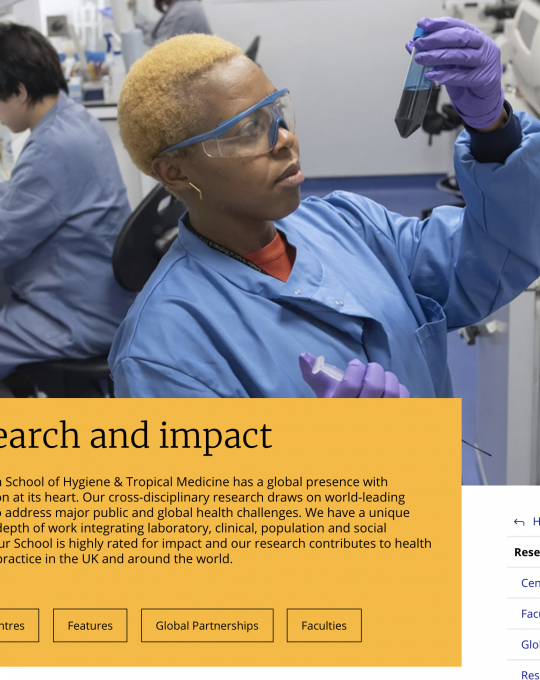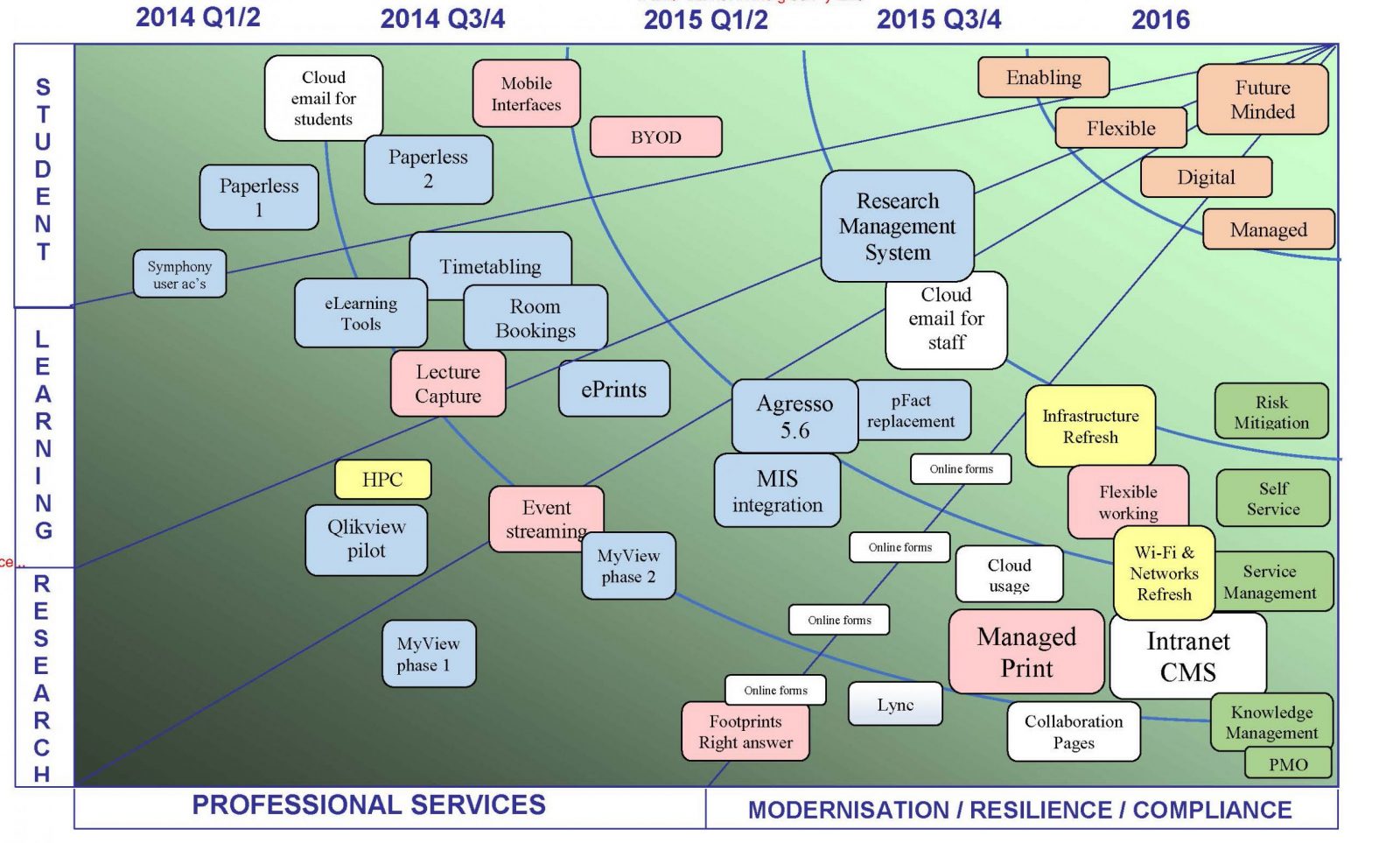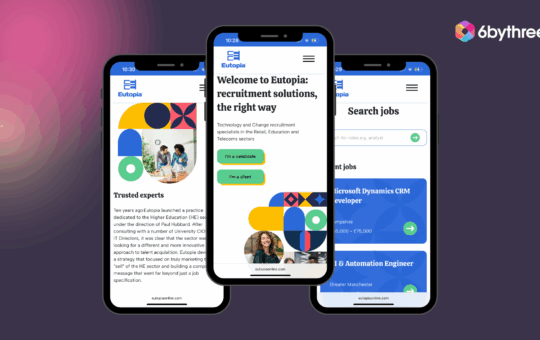
Digital Transformation at London School of Hygiene and Tropical Medicine
Sector:
Education
Core Service:
Capability & Capacity Building
Collaborating and assessing the need
Conversations across the organisation, Faculty academic and administrative staff as well as representation from the Professional Services team were absolutely key. And with a context where so much opportunity for improvement was apparent, it was important to appraise the fuller collective need as well as greatest priorities.
Through one-to-one sessions with organisational leaders and group sessions with wider teams, core themes of requirement and ambition surfaced and could be prioritised into themes for change, including student experience, learning, research, professional services and modernisation, resilience and compliance. Research findings and recommendations were then ratified by Faculty and Professional Services teams to ensure alignment and approval to proceed with delivery of the digital strategy was secured.

Providing early positive change
There was resistance to change and a lack of trust that true improvements would come following previous iterations of new leadership where following an initial consultation with School stakeholders, the IT team had implemented functionally rich solutions, which people struggled to use.
It was essential to build confidence and engagement for future activities to succeed and build willingness to accept a sustained period of change. Key quick wins were the introduction of improved printing solutions, the smooth and swift provision of Office365 for students and the migration of multiple paper-based processes to be digitised, together with improved helpdesk support and issue resolution.
These early wins helped smooth later challenges such as the move towards greater self-service support provision, which although initially resisted, became a strong positive as people were able to get back working more rapidly.

Defining the overall architecture and delivering to plan
Removal of legacy technical debt and reduction of operational effort spent on providing IT infrastructure were key drivers for a cloud solution strategy. However, this also afforded the opportunity to bring in key new services or modernisation of existing in an economical and timely manner. As a result, one of the primary focuses of the technical teams was on integration between solutions to optimise the overall experience.
To provide this, lifecycle experience mapping for students, researchers and new starters were all mapped and the primary areas of friction and frustration were identified and addressed. Building from the digital strategy, the solution architecture was mapped out and tranches of change implementation progressed.

It’s more than just the systems
Although the strategy, architecture and implementation are all essential elements in the change journey, the associated policies, processes and practices being in place and operationally normalised are also important. Alongside the technical changes and the focus on optimising experience for both staff and students throughout the organisation, improvement in governance, compliance and capability were advanced.
- Introduction of change management rigour and project management office provided greater visibility and successful change outcomes.
- Advancing new service management disciplines ensured ownership and accountability from both business and technical aspect were managed.
- The introduction of problem management and incident management together ensured a more proactive focus on ensuring issues impacted as few people for as little time as possible.
And throughout all of the streams of work, there was continual growth of digital capabilities and awareness building of data protection and information security good practice and associated behaviour.

